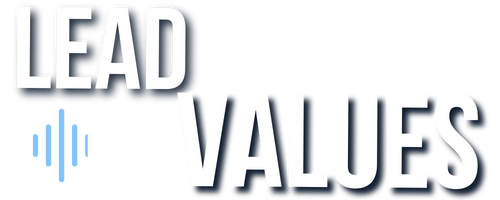Episode 55
55. What OUTCOMES Are You Responsible For?
Have you ever had someone ask you for the outcomes that your company is counting on you to deliver in your job?
Well that’s a question I ask my clients.
And you know what I’ve found?
Most people really struggle to answer what seems to be a fairly straightforward question.
I’m James Mayhew, americas chief culture officer, and that’s the topic for this episode of LTV
Here’s the background as to why this is such an important question for business leaders to be able to answer:
When clients hire me they want to want to know how to consistently hit their targets.
And they want to know that everyone is doing a high level of work on the most important things.
And in working with a variety of business leaders I’ve found that these are consistent regardless of company size, tenure and title.
So over the years I added processes that help get alignment around what it actually takes to accomplish that.
It’s built around the function of creating a performance agreement between a manager and employee.
And it’s one of the most vital things you’ll ever do to create clarity and instill a sense of confidence and achievement.
The performance agreement process I use consists of three key parts, but the one I want to focus on today are defining your primary job responsibilities. Your PJRs.
And that brings us back to the question of the day: what outcomes the business is counting on you to deliver.
When I dive in, the first responses I get are things like managing the day to day, ensuring we stay profitable, set the direction, delegating work, and so on.
And those are true, but what we need to get to are the things that are beyond the day to day activities of the job description.
By the way, most job descriptions I see posted are a disaster. They’re written with excess corporate gobbledygook, that no one can really be held accountable to.
That’s a different topic for a different day, but this is why people struggle to identify the outcomes that the business depends upon them for. They talk about what they do and how they do it, but not why behind it or what the impact is.
I’d like to share an example with you using the top of safety to show you a great PJR.
Let’s imagine that you’re a supervisor in a manufacturing environment.
One of your primary job responsibilities is around creating a safe environment.
Your job description would probably say something like ‘ensure all safety procedures are in place and everyone is trained in them.’
Sounds ok, right? And that’s what most people end up writing. And we don’t really take it further than that to arrive at an outcome.
So what are some of the outcomes of your responsibilities around safety?
If we lean into this further, we’ll find some clues.
Passing inspections. Avoiding citations. Making sure people are safe.
And that last statement is where you can start to really dig into deeper.
What does it actually mean to make sure people are safe?
What I’ve found is this is the desired outcome: At the end of the day we want our people to go home to their families in the same condition they started.
And that’s when you get to the heart of the PJR. It becomes bigger because we’re now talking about valuing Becky, John and Sue as humans, not just parts of our business machine.
It’s powerful.
Remember that conversations creates clarity around things like primary job responsibilities.
And having that clarity gives you confidence, permission and authority to take action on the most important work.
And that’s the hallmark of a high performance workplace.


